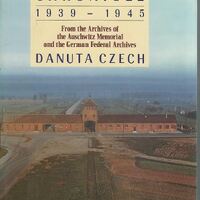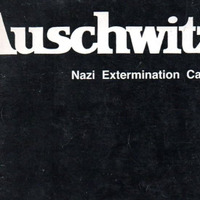Exhibition-The Liberation of Auschwitz
The Auschwitz concentration and extermination camp was a complex of over 40 concentration, labor, and extermination camps established by the Nazis in Lower Silesia, in southwestern Poland. The main camp was erected in the suburbs of Oświęcim in May 1940, and in 1942, Auschwitz II-Birkenau began operating alongside it. Ostensibly built to house prisoners of war, it has since become infamous as the site where approximately one million men and women, 90% of the camp's victims, were murdered. Of these, about 900,000 were killed in gas chambers immediately upon arrival. All in all, around 1.1 million people were murdered at Auschwitz, making it the deadliest extermination camp and the largest mass murder site in human history. Another camp, Auschwitz III-Monowitz, served as the administrative headquarters for the complex’s labor camps.
On January 27, 1945, circa 15:00, Soviet soldiers entered the camp gates after battles in which 231 of them were killed. The grim sights that greeted them were intolerable: millions of personal effects, hundreds of corpses, and approximately 7,000 starving, dying, and gravely ill prisoners, those too weak to be evacuated in the death marches.


